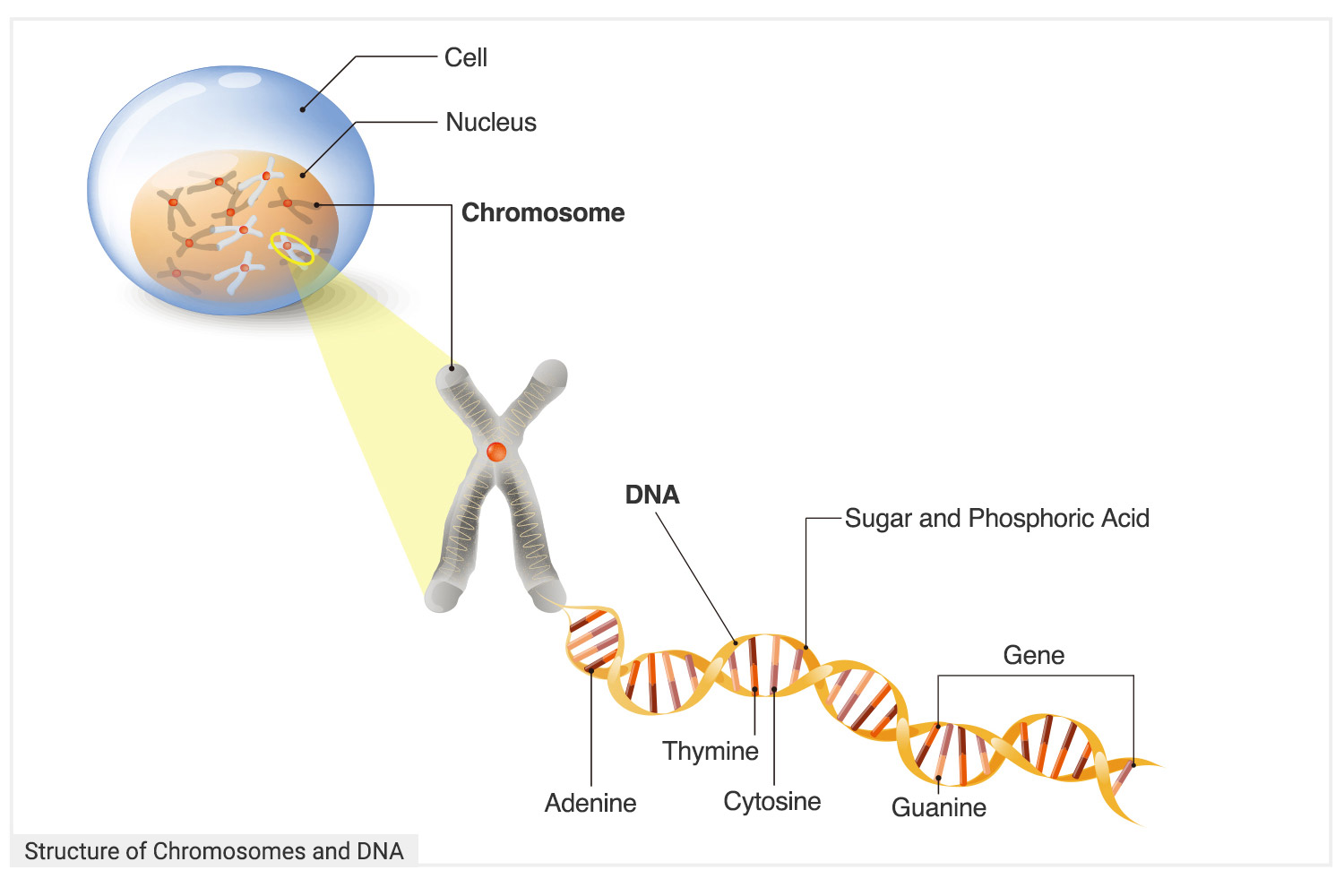
Deoxyribonucleic Acid (DNA), often referred to as the “molecule of life,” is a remarkable and intricate molecule that holds the key to understanding the foundation of all known living organisms. First discovered in the mid-20th century, DNA has since become the cornerstone of genetics and molecular biology, unlocking countless secrets about the diversity, heredity, and evolution of life on Earth. In this comprehensive article, we will embark on a journey to unravel the complex world of DNA, exploring its structure, function, replication, and its profound impact on our understanding of genetics.
The Structure of DNA
At the heart of DNA’s significance lies its iconic double-helix structure, famously elucidated by James Watson and Francis Crick in 1953. This structure is composed of four distinct nucleotide units, each with its own unique base: adenine (A), thymine (T), cytosine (C), and guanine (G). These bases form pairs – A always pairs with T, and C always pairs with G. This pairing, like a genetic zipper, holds the two strands of the double helix together.
Complementary Base Pairing
Complementary base pairing is a fundamental concept in DNA structure and function. It ensures that the genetic information is accurately copied during DNA replication and transcription, which are essential processes for the transmission of genetic information.
The Functions of DNA
DNA serves a multitude of vital functions in living organisms:
1. Genetic Information Storage
DNA encodes the genetic instructions necessary for the growth, development, and functioning of all living organisms. The sequence of nucleotide bases along the DNA molecule serves as a code that determines an organism’s traits, characteristics, and biological processes.
2. DNA Replication
Before a cell divides, it must duplicate its DNA to ensure that each daughter cell receives an identical copy of the genetic material. DNA replication is a precise and complex process in which the two strands of the double helix unwind, and each strand serves as a template for the synthesis of a new complementary strand. This process ensures genetic continuity from one generation of cells to the next.
3. Protein Synthesis
DNA carries the instructions for building proteins, which are the workhorses of the cell. Through a process called transcription, a copy of a specific gene’s sequence is made in the form of messenger RNA (mRNA). This mRNA then serves as a template for protein synthesis during translation, where amino acids are assembled into a specific sequence to form a protein.
4. Regulation of Gene Expression
Not all genes are active all the time. DNA contains regulatory elements that control when and to what extent a gene is expressed. This regulation is crucial for the development and maintenance of an organism, allowing it to respond to changing environmental conditions and physiological needs.
The Human Genome and Beyond
The human genome is the complete set of genetic information encoded in our DNA. It consists of approximately 3 billion base pairs and is divided into genes and non-coding regions. Genes are segments of DNA that contain instructions for making proteins, and variations in these genes contribute to the diversity of human traits and susceptibility to diseases.
The Human Genome Project, completed in 2003, was a monumental international effort to map and sequence the entire human genome. This project provided a wealth of information about the genetic basis of human health and disease, revolutionizing fields such as medicine, forensics, and anthropology.
DNA and Heredity
DNA is the genetic material that is passed from one generation to the next. The transmission of DNA through reproduction is the basis of heredity. Offspring inherit a combination of genetic material from their parents, which is why family traits are often recognizable through generations.
DNA Technology and Biotechnology
Advancements in DNA technology have opened up new frontiers in genetics and biotechnology. Techniques such as DNA sequencing, polymerase chain reaction (PCR), and CRISPR-Cas9 gene editing have revolutionized our ability to study and manipulate DNA. These tools have far-reaching applications in fields like medicine, agriculture, and forensic science.
Conclusion
Deoxyribonucleic Acid (DNA) is a masterful molecule that underpins the blueprint of life on Earth. Its elegant double-helix structure and code-like sequence of base pairs hold the key to understanding the genetic basis of all living organisms. From the storage and transmission of genetic information to the regulation of gene expression and the development of cutting-edge technologies, DNA continues to shape the way we view and interact with the biological world. As our understanding of DNA deepens, so too does our ability to unlock the secrets of life and harness the potential for groundbreaking advancements in science and medicine.



